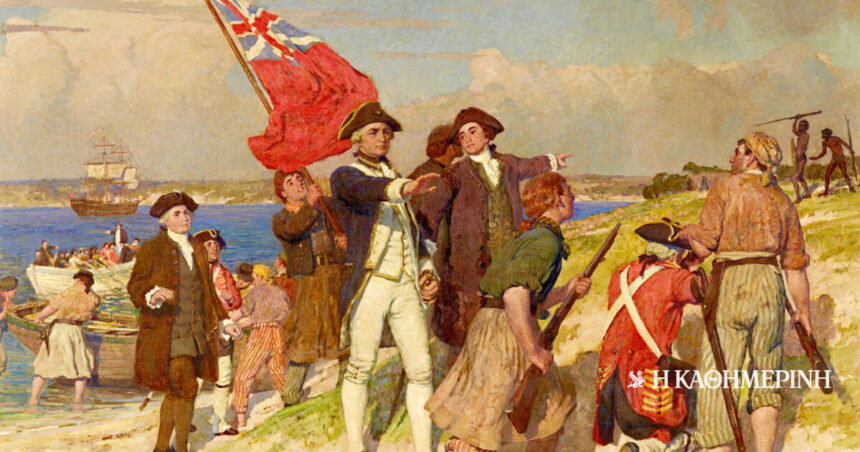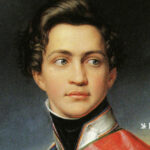The discovery of the American continent may have been pioneered by the Spanish, with the Genoese Christopher Columbus leading the expedition, but the discovery and colonization of Australia the Dutch and the British starred. For the first time a European ship docked on the north coast of Australia in 1606, captained by the Dutchman Willem Jansoon. The crew of the ship “Duyfken” quickly came into contact with the natives of the continent, the Aborigines. The Dutch then mapped the entire northern and western coastline of Australia, giving it the name ‘New Holland’. They did not, however, organize an expedition to colonize the new continent.
Being a nation of great seafarers and explorers, the British followed the Dutch in exploring the Australian continent. In 1770, the British explorer James Cook mapped the eastern coastline of Australia, which he called “New South Wales” and claimed in the name of the British crown. Having lost its dominance over much of North America, following the American Revolution and the creation of the USA, the Great Britain sought to establish a colony in vast and sparsely populated Australia. In 1783 he created the first penal colony and five years later she founded her first colony.
The settlers came into conflict with the natives, who were forced to leave their homes.
In a similar way to America, the colonists came into conflict with the native populations, who were persecuted and forced to leave their homes in many cases. Followed by establishing more colonies in Australia, Tasmania and New Zealand.
Around the middle of the 19th century, the first declarations of the local governors of the colonies were expressed, for the formation of a single decision-making center in the colonies of the region, since until then the main control was with the Ministry of Colonies in London. After many years of discussion on the matter, in 1885 the British Parliament passed the Act to establish the Federal Council of Australasia. The new Council included representatives from the colonies of Queensland, Tasmania, Victoria as well as the Crown Colonies of Western Australia and the Fiji Islands. The colonies of New South Wales and New Zealand did not participate in the Federal Council.
Throughout the 1890s, colonial politicians negotiated the terms for a single Constitution.
As the years passed, the need for a single Constitution for the colonies became apparent. Throughout the 1890s colonial politicians negotiated the terms of the Constitution. From 1898 to 1900 they were held referendums in the six Australian colonies with the question of whether the citizens accepted the Constitution, which had been drawn up by the Federal Assembly of Australasia. The overwhelming majority of citizens stood in favor of the Constitution.
The British Parliament passed the Act establishing the Commonwealth of Australia in July 1900. The Commonwealth was officially established on January 1, 1901 in Sydney, and the first transitional Prime Minister of Australia was sworn in Sir Edmund Burton.
The first capital of Australia was Melbourne, where the administrative services of the Commonwealth were housed. The Constitution provided for the formation of a House of Representatives and a Senate, while the executive power was exercised by the governor and representative of the British authority on the island. A few years later, in 1907, Australia gained a greater degree of autonomy within the British Empire.
Column editor: Myrto Katsigera, Vassilis Minakakis, Antigoni-Despina Poimenidou, Athanasios Syroplakis








